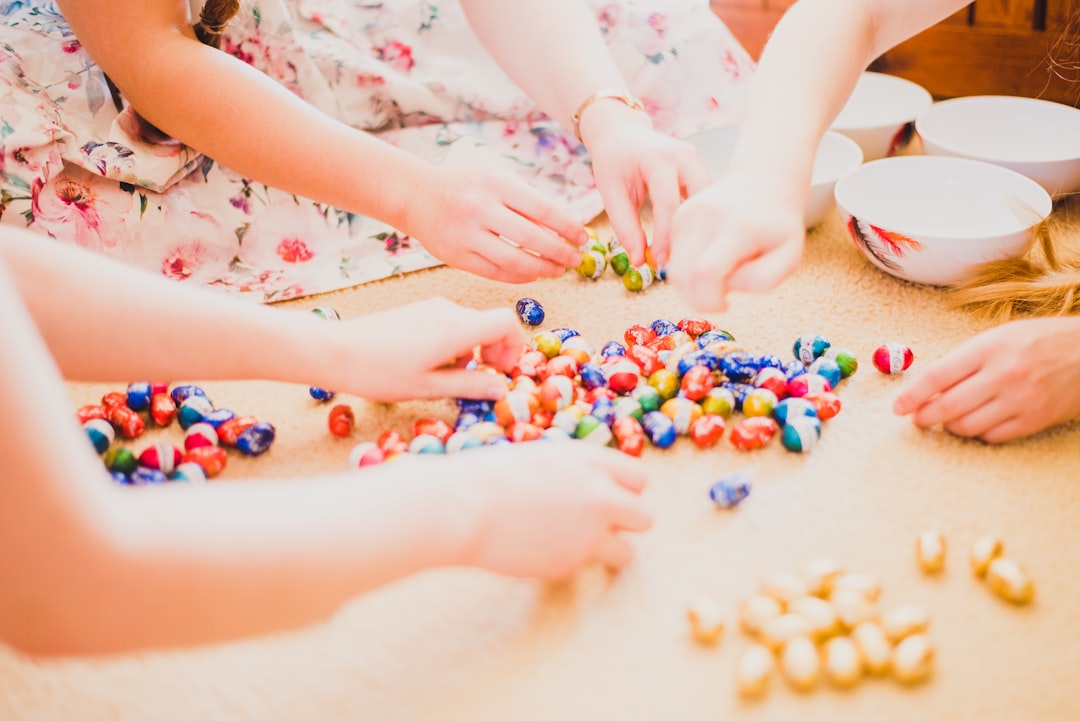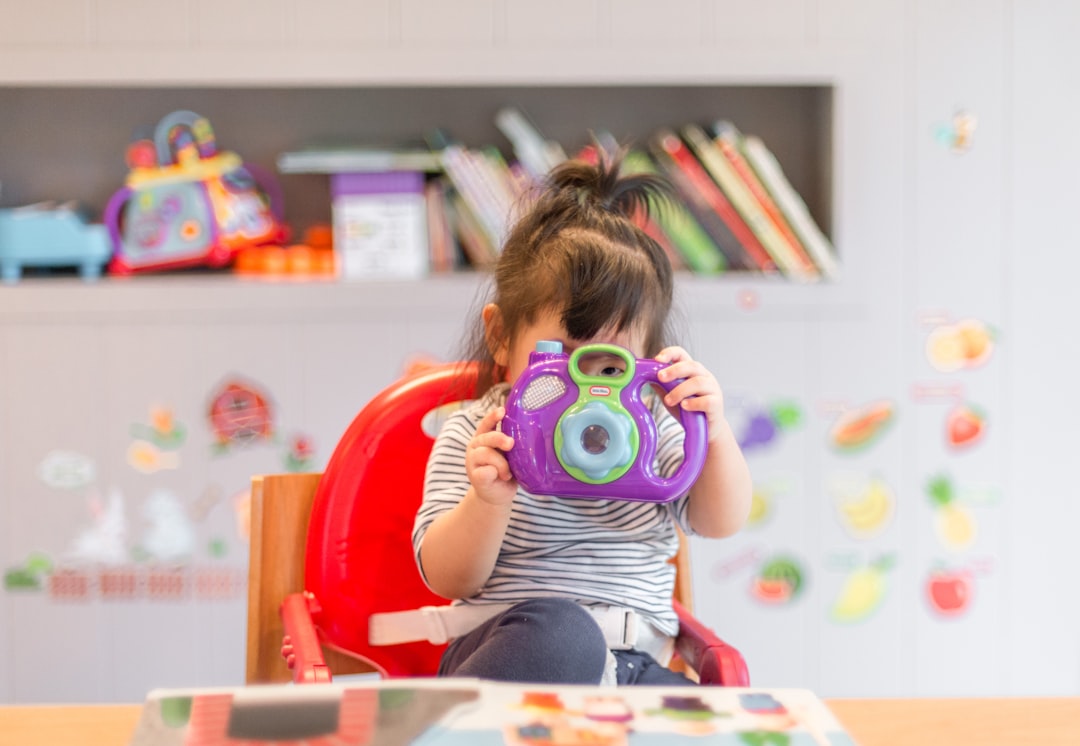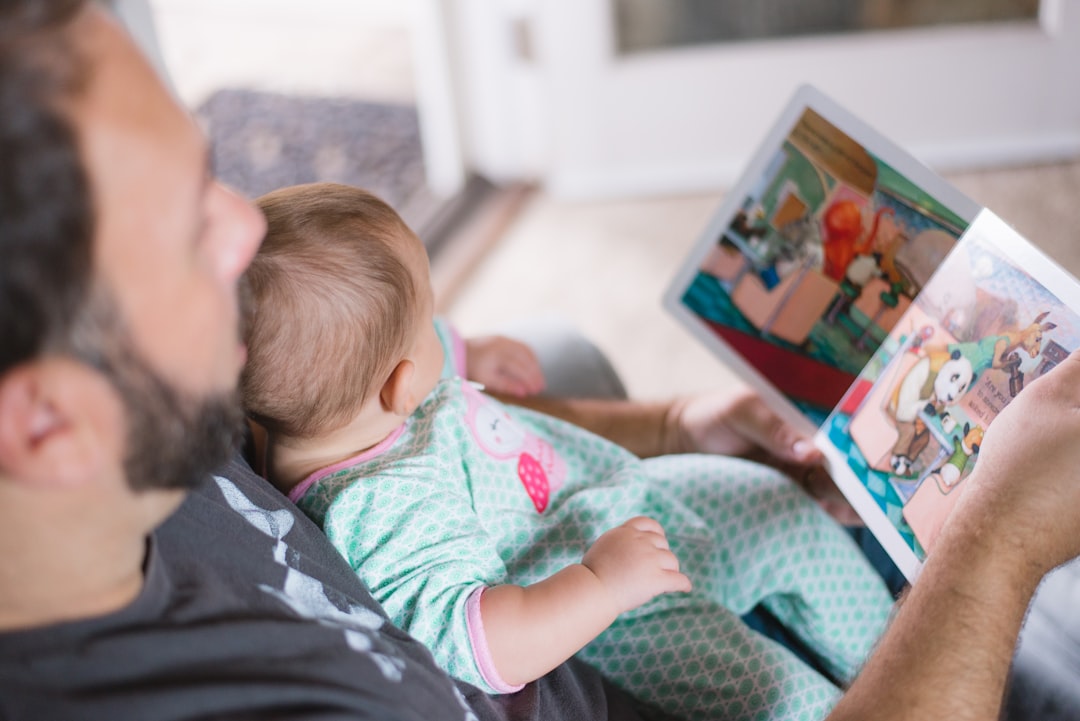
Make this yummy M&M Cookie for your family and they will thank you
This is the yummiest M&M’s Cookie, tested and approved by every family member. And they loved the first, second, and third batches... I mean you have to be thorough in your yummiest M&M cookie testing, right?
Who doesn’t love a really good cookie? I love baking cookies and love eating freshly baked cookies.
I had the perfect opportunity to bake a variation of a favourite chocolate chip cookie with M&M’s! My daughter is having a bake sale to help raise funds for her youth mission trip to volunteer at an orphanage in the Philippines. So, we are baking up a storm!
This yummiest M&M cookie is so good, I just had to share the recipe with you.
Here is what you need. Just letting you know, this makes a double batch!
Wet Ingredients
2 cup butter, at room temperature
1 1/2 cup brown sugar
1 cup sugar
2 large eggs
1 Tbsp vanilla extract
Dry Ingredients
4 cups flour
1 tsp baking soda
1 tsp baking powder
1 tsp salt
2 cups chocolate chips
2 cups M&M’s
Here is how to make some yummy cookies.
Step 1: Preheat the
oven to 375°F
Step 2: Line baking sheets with parchment paper.
Step 3: Mix wet ingredients: Blend butter and sugars until creamy for about
one minute. Add in eggs and vanilla and blend well.
Step 4: Mix dry ingredients together: Mix together flour, baking soda,
baking powder, and salt. Add gently into the wet mixture. Fold in chocolate
chips and M&Ms.
Step 5: Wrap the bowl and refrigerate the dough for 30 minutes. This is
a good time to clean up!
Step 6: Using a cookie scoop, scoop cookie dough onto the cookie sheet
spacing them about 2 inches apart. Gently press in some extra M&Ms on top of each of the dough balls.
TIP: Then stick the tray in the fridge for 5 minutes to help it hold a better shape when you bake them.
Step 7: Bake for 8 to 20 minutes, until edges are golden brown.
Let the cookies cool on the pan for a few minutes before transferring them on to a cooling rack.
Then get ready to enjoy and share the goodness!
Smiles and Blessings,
Elaine












































